iQOO 12 Review: Best iQOO camera in a matured package
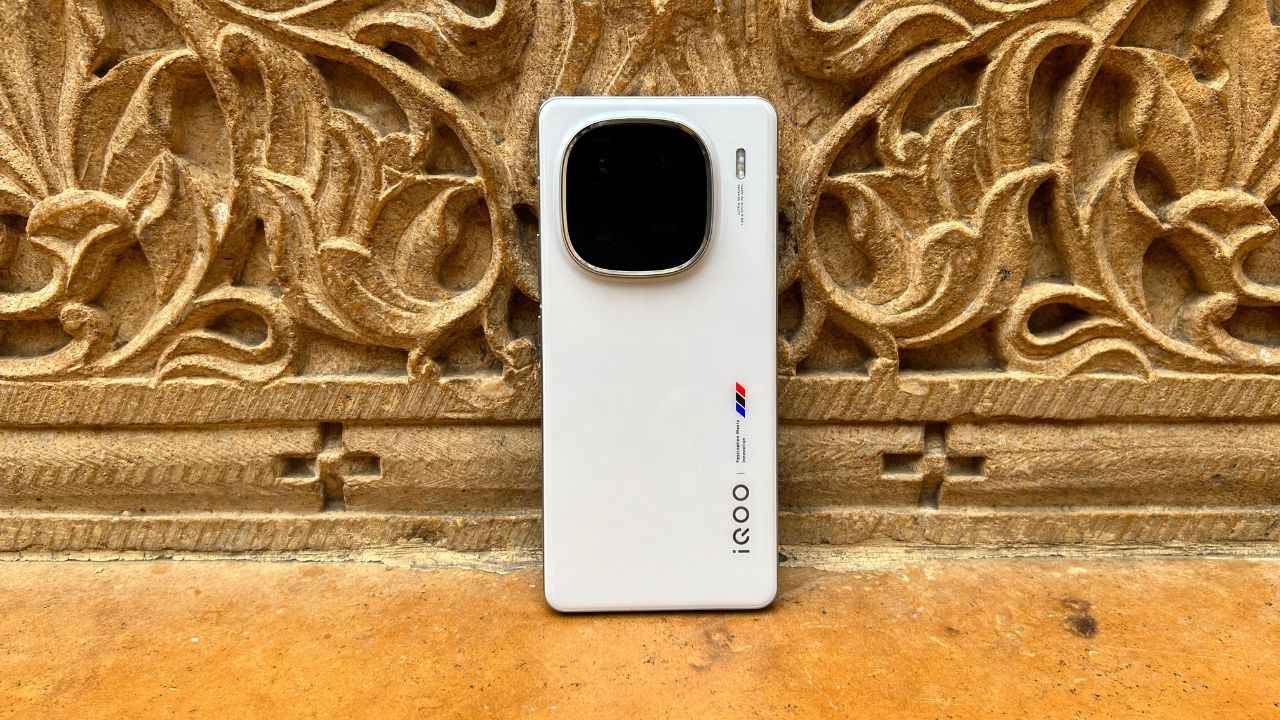
- Nice and subtle design upgrade
- Fantastic cameras
- Brilliant performance
- Reduced bloatware
- Lacks premium features
- Sunlight visibility not as good as advertised
- Selfie camera is underwhelming
The iQOO 12 is a brilliant flagship from the Vivo sub-brand. For the first time ever, an iQOO flagship has felt like a proper flagship, going beyond just performance and focusing on things that users look for when making an over Rs 50,000 purchase. Now, while it does miss out on a lot of flagship features like wireless charging or an official IP rating. But what we do get, is probably the best camera setup that we have ever seen on any iQOO smartphone.
iQOO is back with another flagship, and like every year, this year also the company has got the first mover advantage, effectively setting a benchmark. The iQOO 12 is the first smartphone in India to come with the Qualcomm Snapdragon 8 Gen 3 chipset, just like the iQOO 11 was the first smartphone to launch with the Qualcomm Snapdragon 8 Gen 2 last year right before the New Year.
This time around, however, things are slightly different. With the iQOO 12, iQOO has gone a step further in offering a proper flagship experience which goes beyond just performance and gaming. This year, iQOO has also put a major focus on enhancing its flagship’s camera performance. We get a mighty camera setup that comes with a 50-megapixel primary shooter, a 64-megapixel periscope telephoto lens, and another 50-megapixel ultra-wide angle lens. But has iQOO finally got things right in terms of offering a complete flagship experience? Let’s find out:
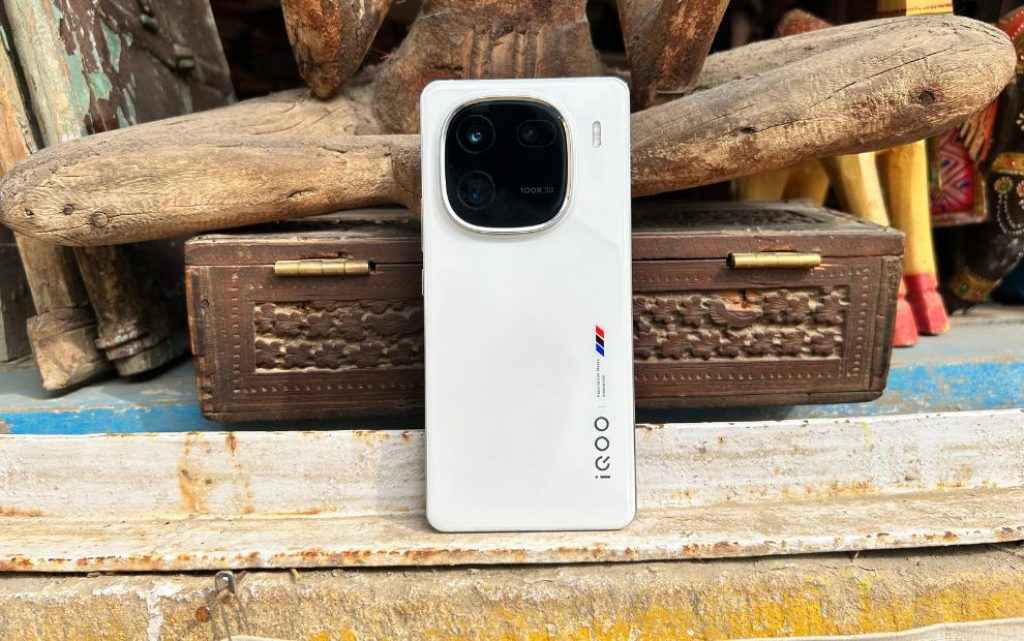
iQOO 12 review: Design
The first thing everyone notices in a smartphone is the design. With the iQOO 12, the brand has finally taken a new design approach. Ever since the iQOO 7 series, we have seen different implementations of the same BMW M-Motorsport racing stripes. This year, the brand has gone away from that design and given a fresh look to the 2024 flagship. We get a plain white glass back panel, with a square-ish camera module that the brand is calling a “Porthole” design, inspired by a spaceship or a submarine window.
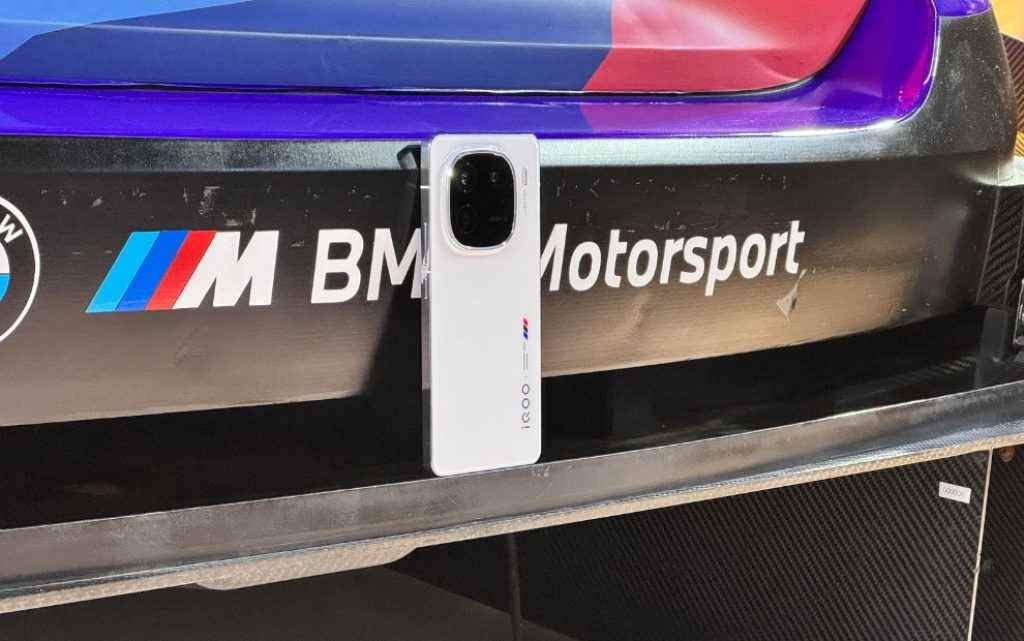
We still get the BMW M Motorsport branding, but this time it is more subtle. The blue, black, and red stripes are limited to a tiny area right next to the iQOO branding with the “Fascination Meets Innovation” tagline The LED flash is also placed on the back panel next to the camera module. Apart from this, we get the USB type-C port at the bottom accompanied by the speaker grille and the SIM tray, and the power button and volume rockers are placed on the right side of the frame. On the left side, there is nothing, and on top of the aluminum frame, we get another speaker grille, an IR blaster, and a mic.
Up front, things are familiar. There is a hole-punch display, and the receiver is placed right above the screen, merging into the super slim bezels. While we are on bezels, this is the thinnest bezel that we have ever seen on any iQOO smartphone, with a width of just 1.54mm. Overall also, the iQOO 12 is also pretty slim by flagship standards. The smartphone measures just 8.1mm in thickness so the in-hand feel of this smartphone is quite nice, despite that rather large size. However, the smartphone feels heavy to me. It’s not heavy by flagship standards at 207 grams, but since I use a compact smartphone as my primary, the iQOO 12 felt slightly heavy.
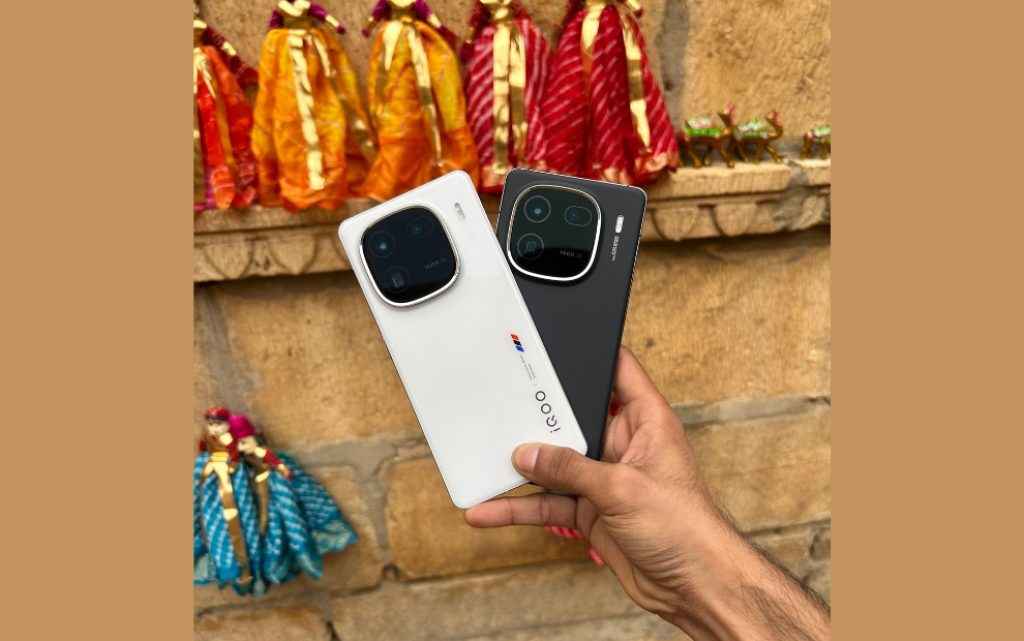
So in terms of design, the iQOO 12 is a good departure from the brand’s usual design language that we have been seeing for at least the last three years. It is absolutely brand new, but doesn’t go too far away from identifying it as an iQOO flagship. I also liked the previous design, but it was time iQOO went away from the blue, black and red stripes. iQOO tells us that the brand tested 2239 designs to come up with this and by looking at it, this is a good upgrade to the standard design we have seen in the last few flagships.
iQOO 12 review: Display
Coming to the display, this is also where iQOO is claiming big numbers. During a briefing session in Jaisalmer, iQOO told us that this is the “most advanced display” on any iQOO smartphone so far. A 144Hz refresh rate, 3000 nits peak brightness, and a lot more! While there are a lot of claims and numbers talk around the display, things are subject to test. And testing I did.
First, let’s talk about the colours. The panel on the iQOO 12 is a 10-bit display so we can expect a wide range of colours, but how accurate are these? I put the iQOO 12’s display through the Calman Colour Checker, and the smartphone showed brilliant accuracy. The iQOO 12 showcased an average DeltaE or error of just 1.1, which is brilliant. DeltaE basically indicates the error in the colour, as compared to what we see with our eyes, so the less the DeltaE, the more accurate the colours on a display. On smartphones, an average DeltaE of under 3 is considered very good so this is outstanding.
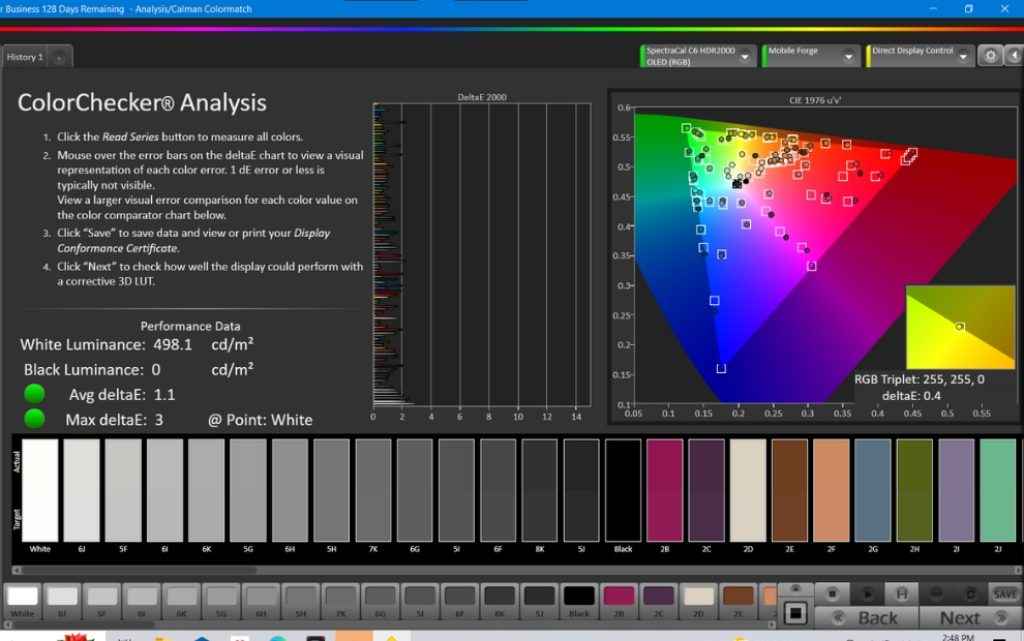
Coming to the 3000 nits brightness. This is one of the brightest displays that has come to any flagship so far. But does the iQOO 12 offer this level of luminance in real world scenarios? Nope! I tested the luminance using a Lux Meter on the iQOO 12, and the smartphone showcased a maximum luminance of 1653 nits under bright sunlight. Now, while this is far from the claimed numbers that iQOO has told us, but a peak luminance of over 1600 is outstanding for any smartphone, meaning the sunlight visibility is no issue at all.
Further, the 144Hz refresh rate makes this display an absolute delight to use. The iQOO 12 is outstanding in terms of responsiveness and while scrolling through social media and the UI, the iQOO 12’s display is absolutely slick. This also comes into play while gaming. I was easily able to play games like Call of Duty Mobile and Battlegrounds Mobile India on 90FPS, giving me a fair advantage over my opponents during the gaming sessions.
So overall, this is a proper flagship display. Be it the vibrancy, the colour accuracy, the brightness, or the response rate. The iQOO 12’s display is proper flagship-level and offers a decent improvement over the iQOO 11’s display.
iQOO 12 Review: Performance
Since this is an iQOO flagship, you’d think that performance is the main talking point. Well you’re not too far off. While performance still takes a major chunk of the smartphone’s personality, this time around the focus is somewhere else (refer to next subheading). This is the first smartphone that I have used with the Qualcomm Snapdragon 8 Gen 3 chip, and the performance jump is substantial, to say the least.
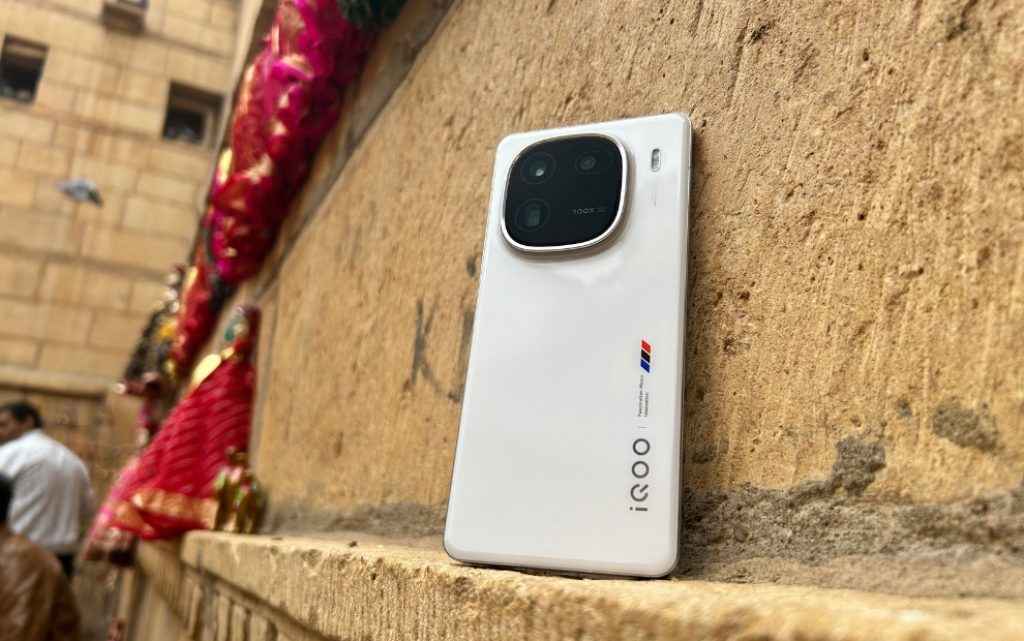
While Qualcomm has still stuck to the 4nm process for this next-gen chip, the Snapdragon 8 Gen 3 on the iQOO 12 offers quite a jump as compared to the 8 Gen 2. In synthetic benchmarks, the iQOO 12 put out some of the highest performance figures that we have come across so far. On AnTuTu, this is the first smartphone to cross the 2 million mark in terms of the score. When I ran the benchmark, the iQOO 12 put out a score of 2,119,219 points on AnTuTu. Now, AnTuTu isn’t the best indicator of the smartphone’s real world performance, but it tests the maximum performance of a smartphone. In other CPU benchmarks also, as expected, the iQOO 12 easily beats the other flagships that we have tested in the recent past. I also experienced none to minimal throttling while using the iQOO 12, which indicates that neither does the smartphone heat up too much and even if it does, the heating doesn’t result to a drop in performance.
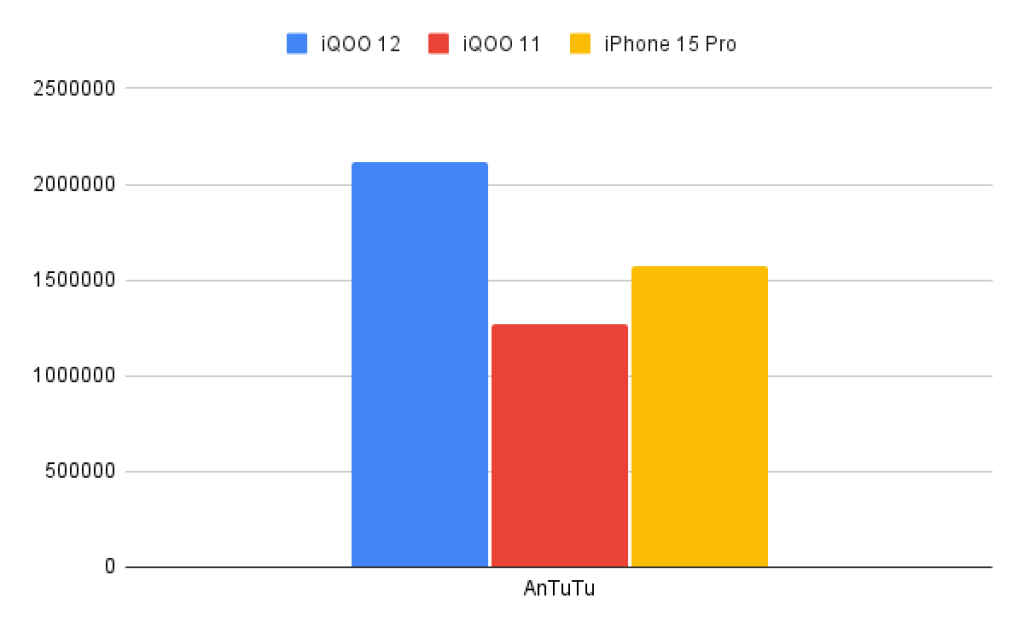
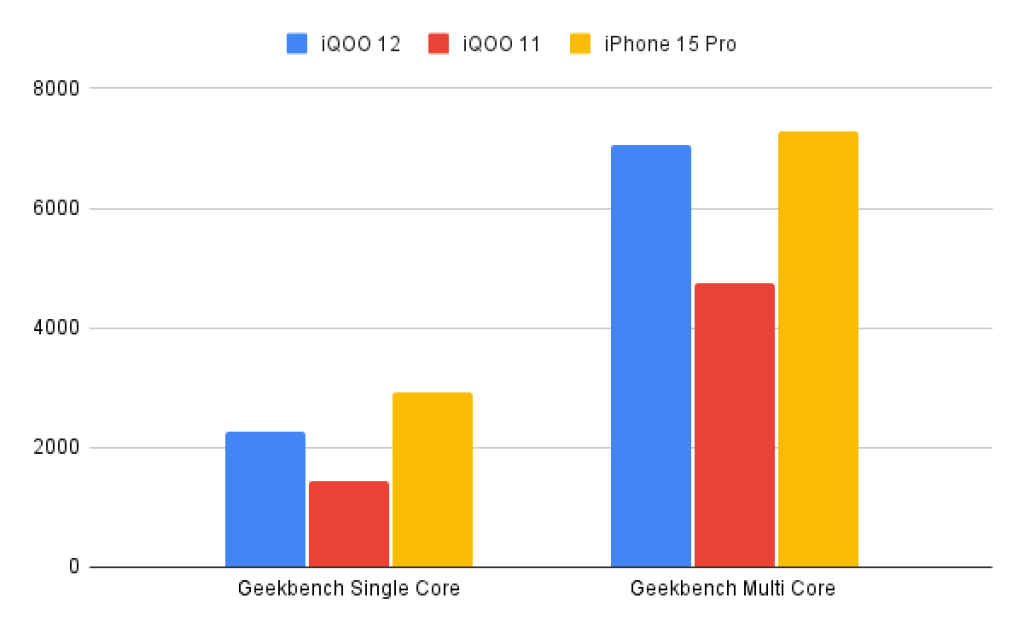
Further, in GPU benchmarks, the Snapdragon 8 Gen 3 and 16GB of RAM allows the iQOO 12 to put out substantially higher scores than some other flagships. At times, the iQOO 12 even put out doubt the score as compared to some other flagships. Here, the smartphone’s thermals also come into play. I experience minimal to no heating, even during long gaming sessions at the maximum possible graphics settings.
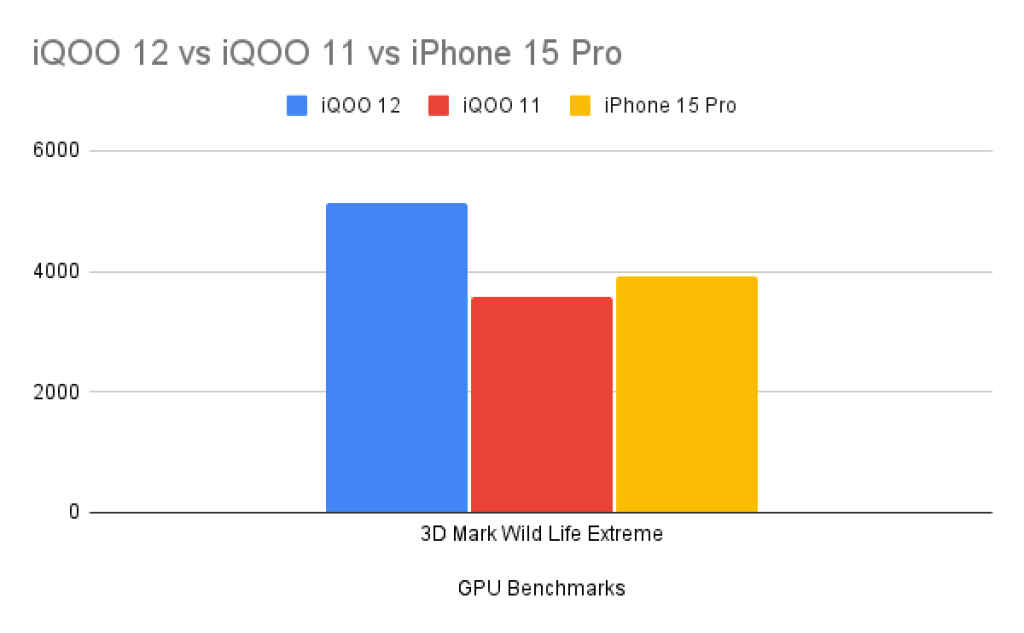
So yes, the performance is good. So good that the jump in performance from the SD 8 Gen 2 may deserve another story in itself. Performance wise, there are no issues. In fact, the iQOO 12 is one of the most powerful smartphones that has come to our test lab so far.
iQOO 12 Review: Camera
While the performance is incredible, the iQOO 12 is also a beautiful camera device. This is the first time that iQOO has put a major focus on the camera, and the results are just brilliant! The smartphone comes with a 50-megapixel primary shooter, a 64-megapixel telephoto lens, and another 50-megapixel ultra-wide angle lens.
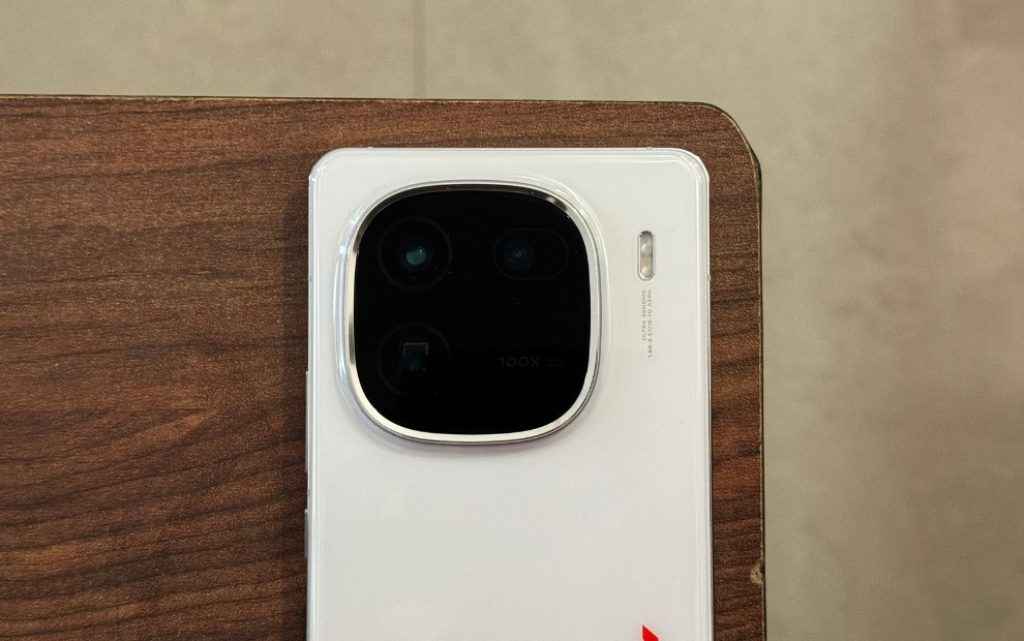
The photos from the iQOO 12 are now at a proper flagship level. I tested the camera before the smartphone’s launch during an exclusive session in Jaisalmer and was instantly impressed with the results. Photos from the primary shooter are full of detail, showcase spectacular dynamic range, and retain colours also quite well.

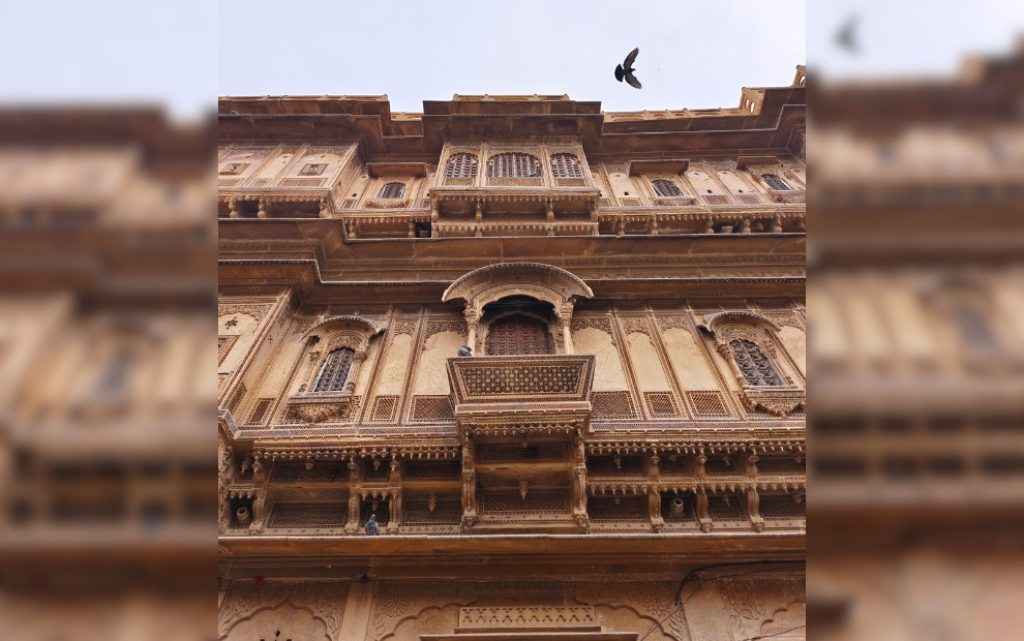

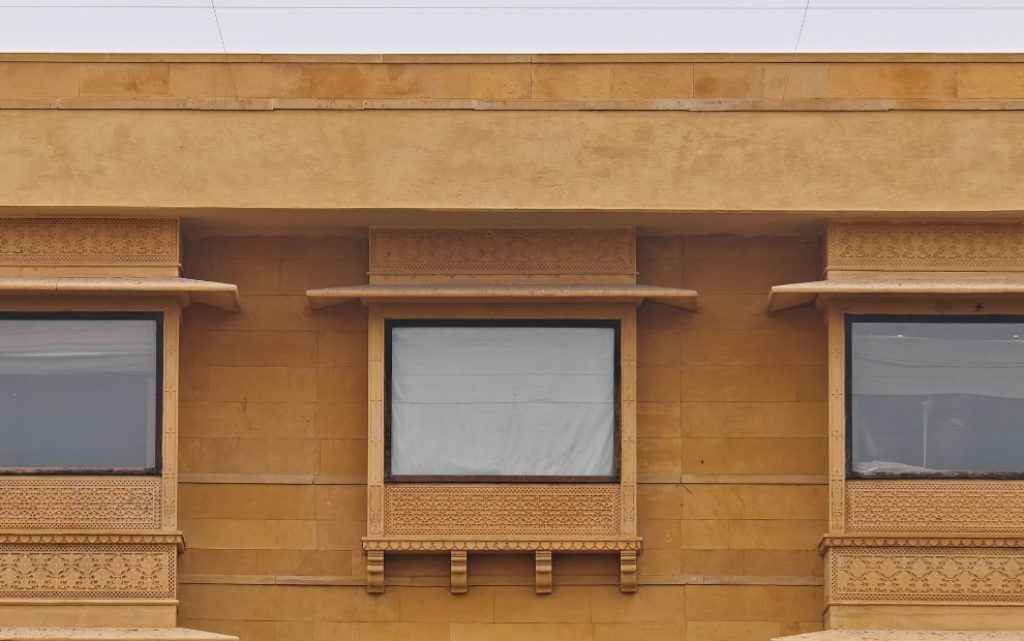
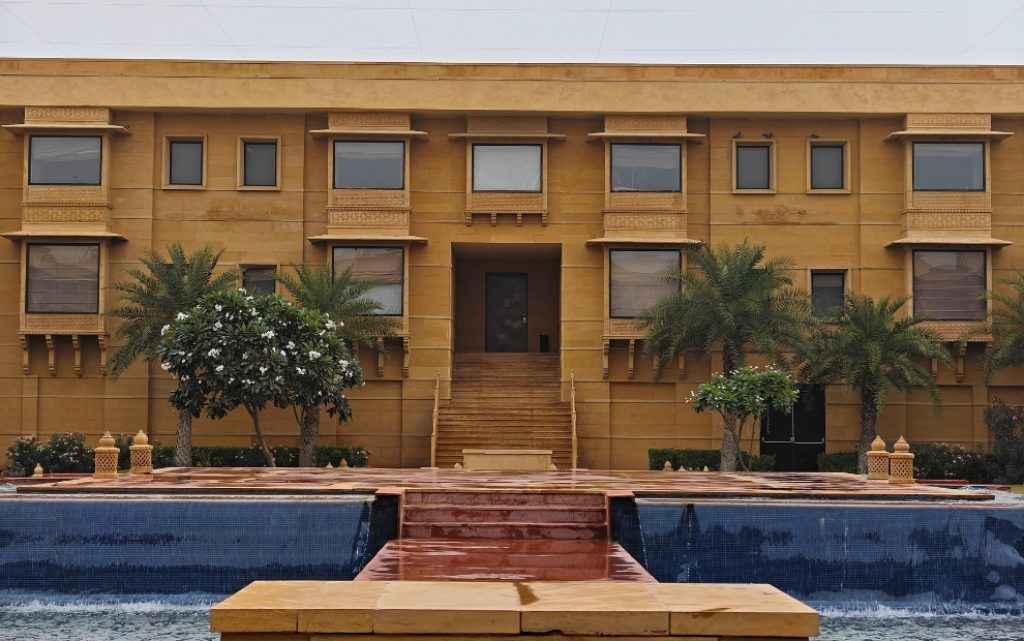

While the primary shooter with a 1/1.3-inch sensor is obviously great, what I loved the most is the periscope telephoto lens. The iQOO 12 this time has a 10X optical zoom, thanks to the periscope telephoto lens. Photos in 10X zoom are just superb. Here are a few shots for you to enjoy:

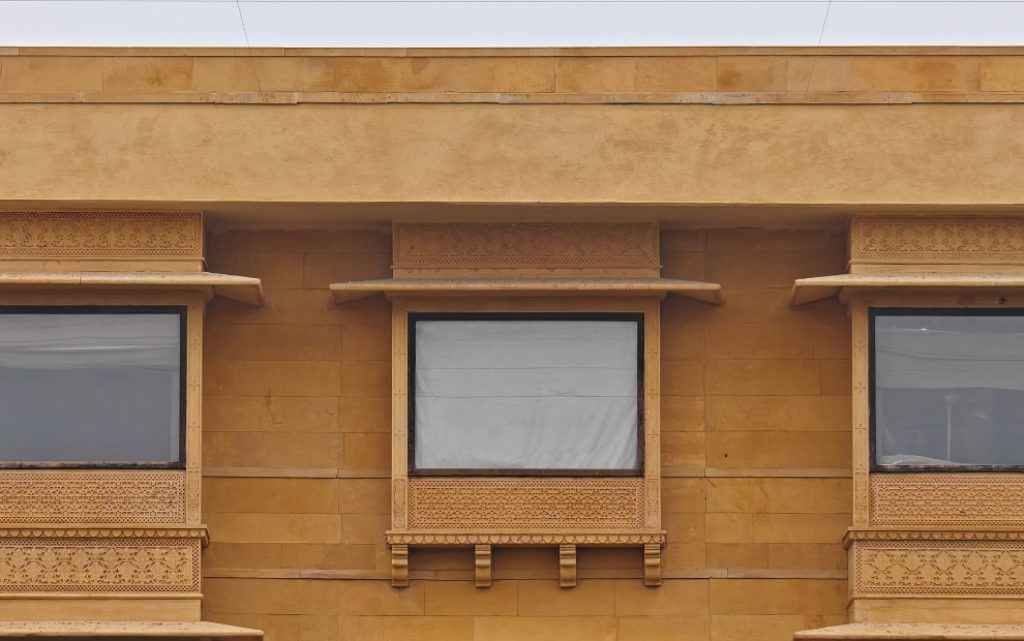



Another thing that pleasantly impressed me is the macro on the iQOO 12. The smartphone has a super macro feature that engages 3X and 6X optical zoom to give you a super detailed shot of a close-by subject. After the telephoto lens, I found myself playing around with this camera feature the most.


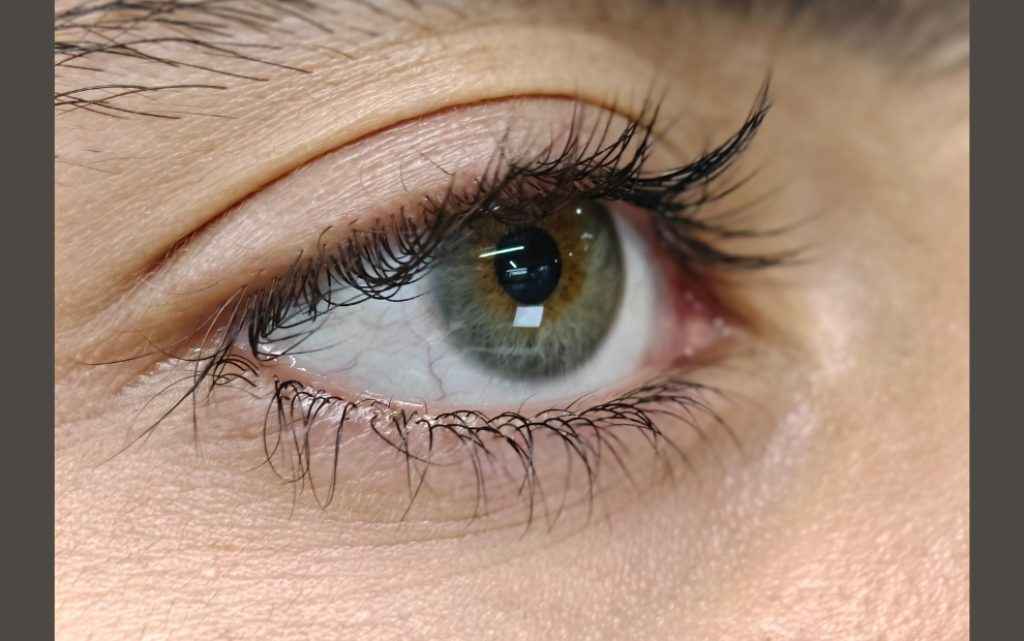
So overall, this is a massive improvement in the camera space for iQOO. In fact, I can safely say that the iQOO 12 is probably the best camera device from iQOO so far. Don’t get me wrong, it’s not the perfect camera device. There are misses like at times the smartphone smoothens the skins and texture on the subject and there are times the portrait mode messes up the edge detection. But all of that can be sidelined because the overall camera setup offers a major improvement, making the iQOO 12 a lucrative phone not only for the gamers and enthusiasts, but also for those looking for a flagship phone without spending more than Rs 55,000.
iQOO 12 Review: Battery
Coming to another very important factor that a lot of people make their buying decision on, battery. The battery on the iQOO 12 is also very good. We get a 5,000mAh unit which is good for a screen-on-time of 6 hours comfortably. If you are a casual user who won’t be using the cameras a lot and won’t game on your phone too much, then you can easily squeeze out more than 6.5 hours or even 7 hours with this battery potentially.

The battery tests also show decent results. While gaming, the iQOO 12 manages the battery very nicely. A 15 minute game of Call of Duty: Mobile only drained 4 percent of the battery, despite the game running on full graphics and frame rate settings. Even watching a YouTube video on 2160p at a higher level brightness drained the battery by 4 percent only.
Coming to charging, the iQOO 12 retains the 120W fast charging that we have seen on other iQOO smartphones as well. While the jury is still out on how much it will affect the battery, the charging is blazing fast. The iQOO 12 charged from 0 to 100 percent in just 31 minutes in our charging test, which is great. Again, the 120W fast charging isn’t really good for your battery, but there are different schools of thought around this.
iQOO 12 Review: Verdict
So overall, the iQOO 12 is a brilliant flagship from the Vivo sub-brand. For the first time ever, an iQOO flagship has felt like a proper flagship, going beyond just performance and focusing on things that users look for when making an over Rs 50,000 purchase. Now, while it does miss out on a lot of flagship features like wireless charging or an official IP rating. But what we do get, is probably the best camera setup that we have ever seen on any iQOO smartphone.
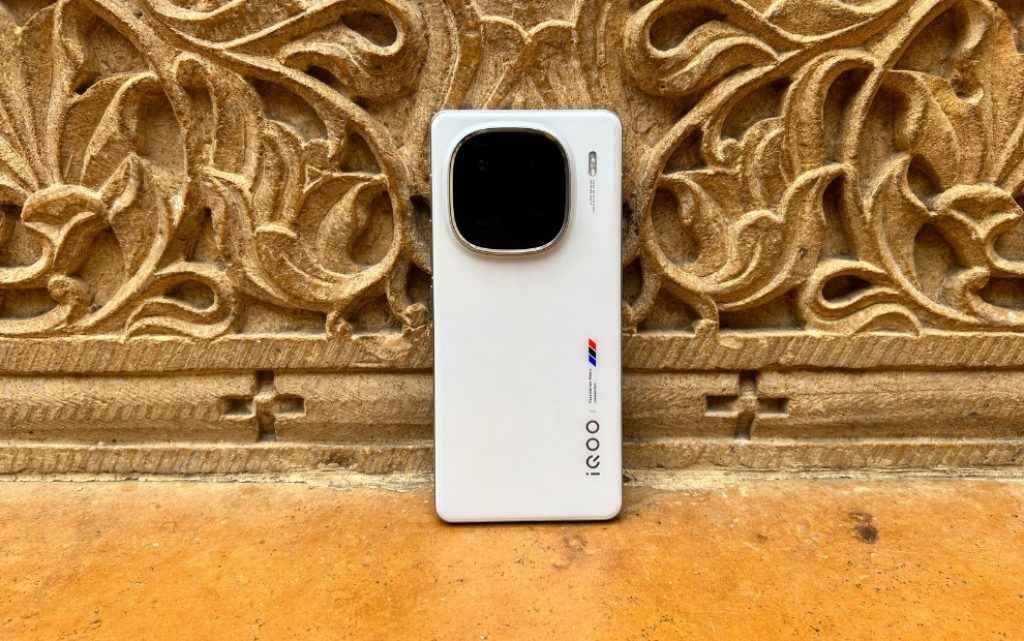
Furthermore, iQOO has gone with a new design, with the BMW M-Motorsport branding now being much more subtle and small. I like the new camera module design also. So overall, it is a very good upgrade over the previous iQOO flagship, the iQOO 11 – not just in terms of the performance (thanks to the Snapdragon 8 Gen 3 chip), but also in terms of the camera, which a lot of people in this segment look for.
iQOO 12 Key Specs, Price and Launch Date
| Release Date: | |
| Market Status: | Launched |
Key Specifications
Storage
256 GB
Battery capacity (mAh)
5000
Rear Camera Megapixel
50+ 64 + 50
Screen size (in inches)
6.78


